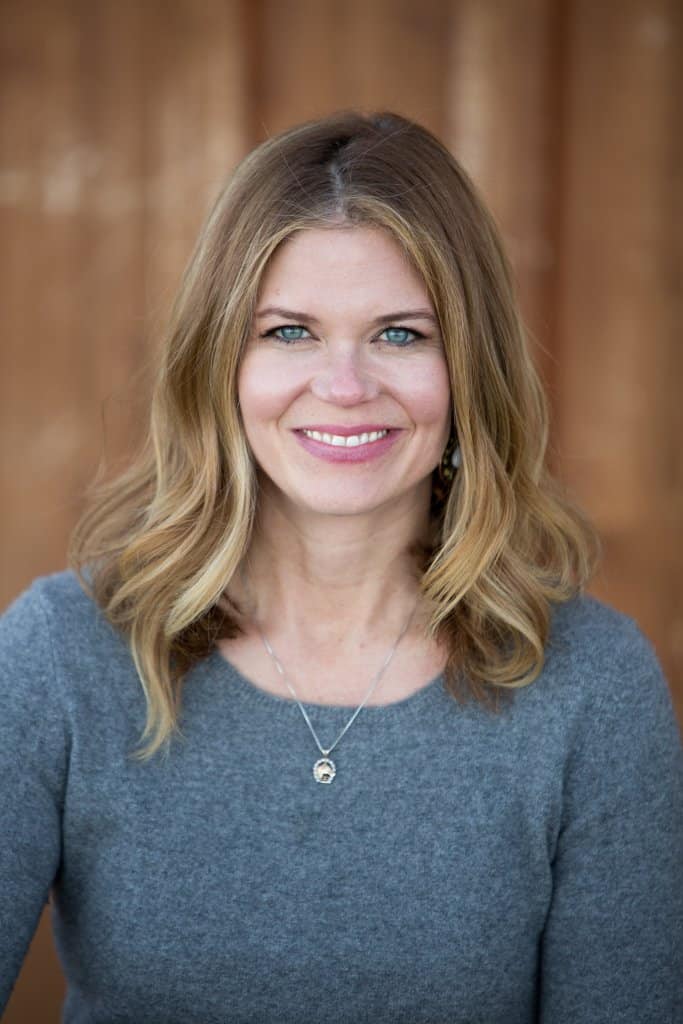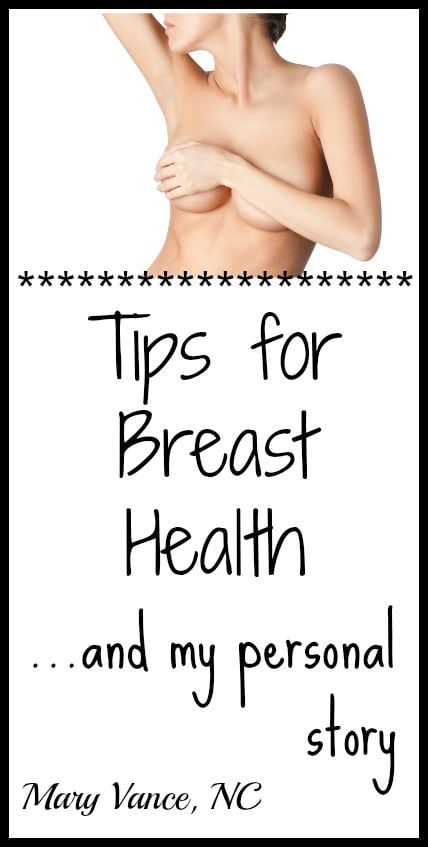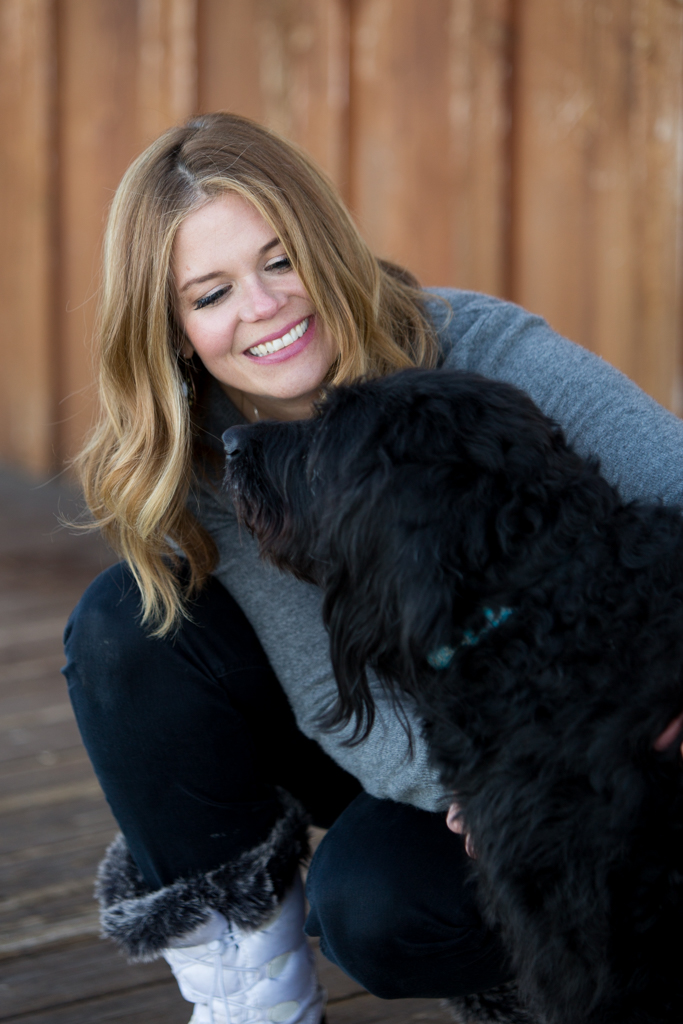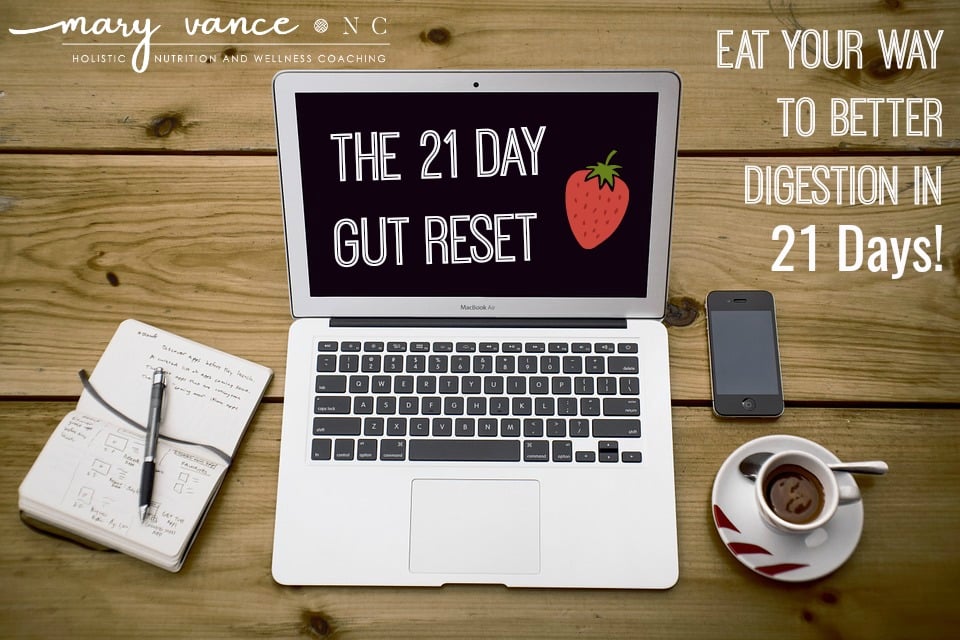Nodules. Lumps. Tumors. I was in a googling frenzy, looking for something to ease my mind when I knew something I felt wasn’t quite right. I don’t recommend frenzied googling in a panic over “could it be cancer?” (or any self-pathologizing, for that matter). Breast cancer. Something that wasn’t yet a major concern for me; after all, I’m in my 30s.
But my mom had breast cancer, so it was on my radar.
I do regular breast self exams, and during an otherwise uneventful evening, I felt something other than what I’d previously become familiar with. It was a knot. A small hard knot that felt like a pellet under the skin. Small, maybe the size of a pencil lead. But it was hard, and definitely not like surrounding tissue. Phrases like “frozen pea” or “BB gun pellet” raced through my mind as I remembered those were red flags. What I felt wasn’t quite frozen pea sized, but hard and noticeable nonetheless.
As I searched for answers I discovered that most women feel some kind of unusual lump at some point in their lives, and that 8 out of 10 of these (80%) are not cancerous. I looked at the statistics:
- Fewer than five percent of all breast cancers diagnosed in the U.S. occur in women under 40.
- If your current age is 30, you have a 1 in 232 chance of developing breast cancer in the next 10 years. If you are 40, your odds are 1 in 69.
- A woman’s risk of breast cancer approximately doubles if she has a first-degree relative (mother, sister, daughter) who has been diagnosed with breast cancer. The more biological relatives with breast cancer, especially relatives diagnosed before age 50, the higher a woman’s risk. Less than 15% of women who get breast cancer have a family member diagnosed with it.
- About 5-10% of breast cancers can be linked to gene mutations inherited from one’s mother or father. Mutations of the BRCA1 and BRCA2 genes are the most common. On average, women with a BRCA1 mutation have a 55-65% lifetime risk of developing breast cancer. For women with a BRCA2 mutation, the risk is 45%
- About 85% of breast cancers occur in women who have no family history of breast cancer. These occur due to genetic mutations that happen as a result of the aging process.
- The most significant risk factors for breast cancer are gender (being a woman) and age (growing older).
- The overall incidence is highest for Caucasian women.
Some of these stats made me feel better. But of course, the only way to know was to have it checked. A diagnostic mammogram revealed nothing (though they are not as accurate a screening tool for younger women due to denser breast tissue). An initial ultrasound revealed nothing other than a faint shadow:
“Nonspecific oval hypoechoic area/possible complicated cyst in the region of palpable concern. It is difficult to definitively determine if this correlates with the palpable abnormality. Recommend clinical examination and possible surgical referral for further evaluation. If surgical biopsy is not performed by palpation based on physical findings then recommend followup ultrasound in 6 months.”
So I was sent packing with instructions to see a breast surgeon in 6 months if it was still there. While I was relieved, the 6 months loomed ahead, and the fact that I didn’t have 100 % reassurance bothered me. More googling. (again, do not recommend this). Fibroadenoma, cysts, fibrocystic changes, intraductal papillomas, fat necrosis, mastitis, lobes, ducts, I poured over all of it. I drove myself kind of crazy. I felt stressed and unhappy. I went to see my naturopath. She didn’t know what it was either. So, I made an appointment with a breast surgeon recommended by my naturopath. Nothing had felt so surreal and scary to me.
The day of the appointment arrived. When I finally met with the surgeon, she first felt it, and announced that she spends a great deal of time feeling malignant lumps, and this did not feel like one of them. Too close to the surface, she said. Too “squishy” to feel cancerous. She pulled the ultrasound machine over, and again, nothing much showed up. Like the previous time, a faint oval appeared, and she gave me a “98% chance it’s nothing. This machine is 98% accurate.” Could be a clogged duct, she said. Too small to biopsy even; results would be inconclusive. She’d have to remove it surgically to biopsy it, and she didn’t think that was necessary. We discussed more statistics: less than a 0.4% chance it could be malignant. Come back 6 months later and ultrasound it again if it didn’t go away, but it does not have the characteristics of a malignant lump.
So, what is it? She couldn’t tell if it was a complicated cyst (cysts that contain something besides clear fluid) or just a plugged duct. Regular cysts are fluid-filled and move around like a grape under the skin. They may be painful and often fluctuate in size with your cycle, and they may grow and need to be aspirated. Mine hadn’t changed one bit, and it was hard but as small as the tip of a pencil lead. But I HAD noticed that it did get slightly bigger around my period, a characteristic of cysts and clogged ducts. Ducts can be clogged with mucus, old blood, or other debris, and that’s why they’re hard.
Where to go from here? Amid all this research, I learned a helluva lot about breast health.
Tips for Breast Health: How to Keep Your Boobs Healthy
- Normalize your weight: excess adipose tissue can actually increase estrogen in the body, and many forms of breast cancer are caused by too much estrogen.
- Get your hormones checked and make sure your thyroid, estrogen, and progesterone levels are normal. Estrogen dominance is a main cause of cancers of the reproductive organs.
- Exercise: it lowers insulin, estrogen, and stress hormones. Plus, it will help you normalize weight!
- Drink less (or no!) booze: it can raise breast cancer risk by 20 percent because it contributes to estrogen dominance.
- Avoid birth control pills and hormone replacement therapy.
- Diet: eat plenty of cruciferous veggies, which help your body rid itself of excess estrogens. Avoid processed vegetable oils, processed soy, refined sugar, and factory farmed meat. The hormones fed to animals to promote growth increase estrogen in the body. Choose organic proteins, especially red meat. Drink green tea and green vegetable juices, and include turmeric: it’s very cancer protective! Eat plenty of anti-oxidants to neutralize free radicals. Click here for my detailed post on how eat to prevent cancer.
- Avoid using chemical-filled bodycare products. Here is my natural skincare routine. You can make your own skin cream.
- Support detox and lymphatic drainage: it removes toxins and waste efficiently from the body.
- Though it’s not proven, I recommend avoiding commercial deodorants. I use essential oils or this primal pit paste.
- Optimize vitamin D levels: crucial for immune health.
- Supplements like DIM, iodine, and glutathione can reduce breast cancer risk.
- Certain herbal breast oil formulas can be used for breast massage to support the lymph system around the breast area.
These days, I am supporting lymphatic health and focusing more on my meditation practice to avoid future excessive worry. After all, stress management is the most important component of a healthy life.
Pin it!

Mary Vance is a Certified Nutrition Consultant and author specializing in digestive health. She combines a science-based approach with natural therapies to rebalance the body. In addition to her 1:1 coaching, she offers courses to help you heal your gut and improve your health. Mary lives in San Francisco and Lake Tahoe in Northern California. Read more about her coaching practice here and her background here.








Hi, im just wondering if you have found out any more on the suspicious area you found? I have literally been throughy the same cycle…ive seen my doctors plenty of time and only had ultrasounds because they dont do mamos due to my age (im 25) but i habe this bb size ball in my breast amd om freaked because i dont know what it is
Renay, yes, I had 3 ultrasounds over 2 years monitoring it with one of the best breast surgeons in San Francisco. She dismissed it as nothing due to the echo and the fact that it was barely perceptible on the ultrasound. The ultimate diagnosis I believe was complex cyst. It also hasn’t changed in size in 3 years.